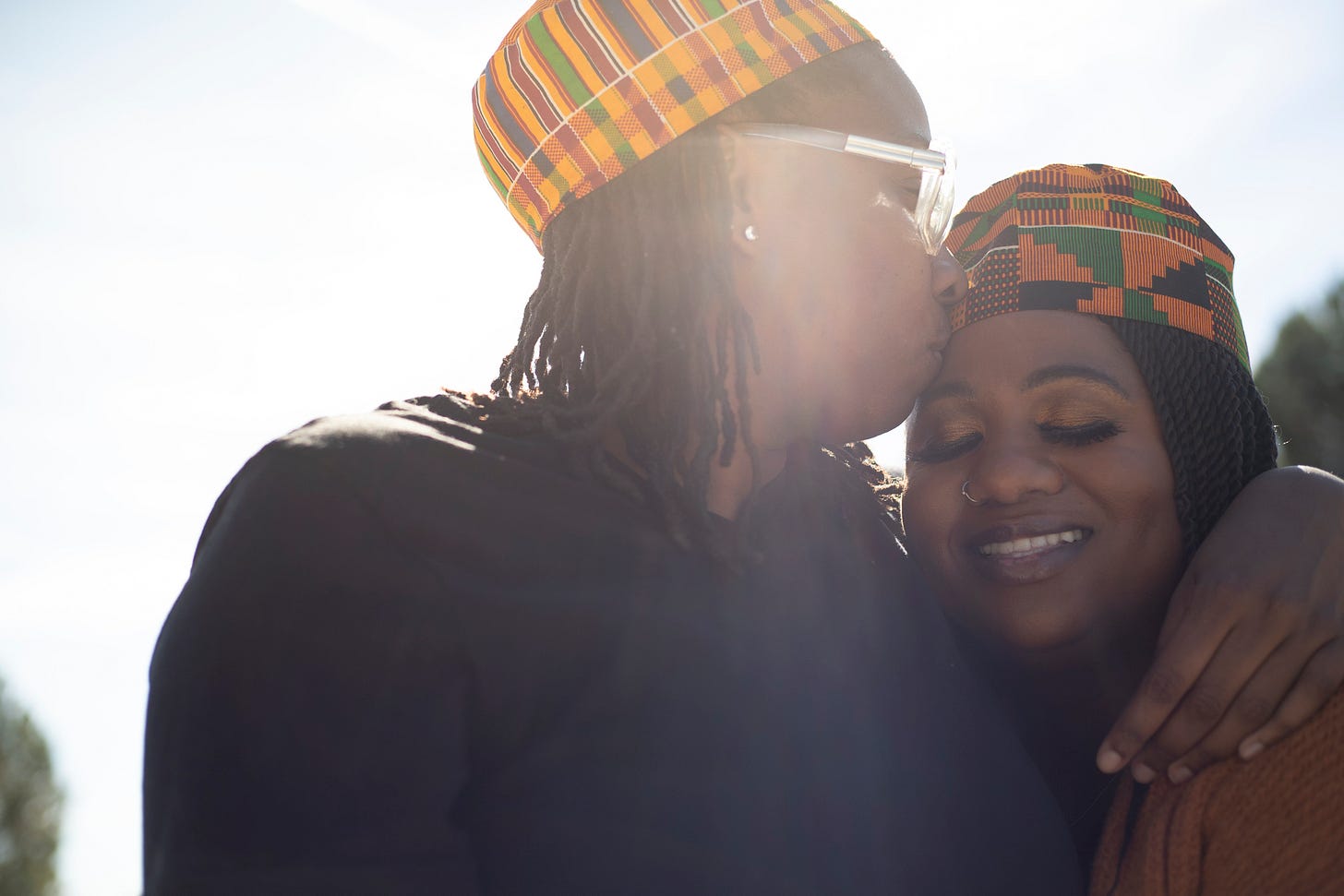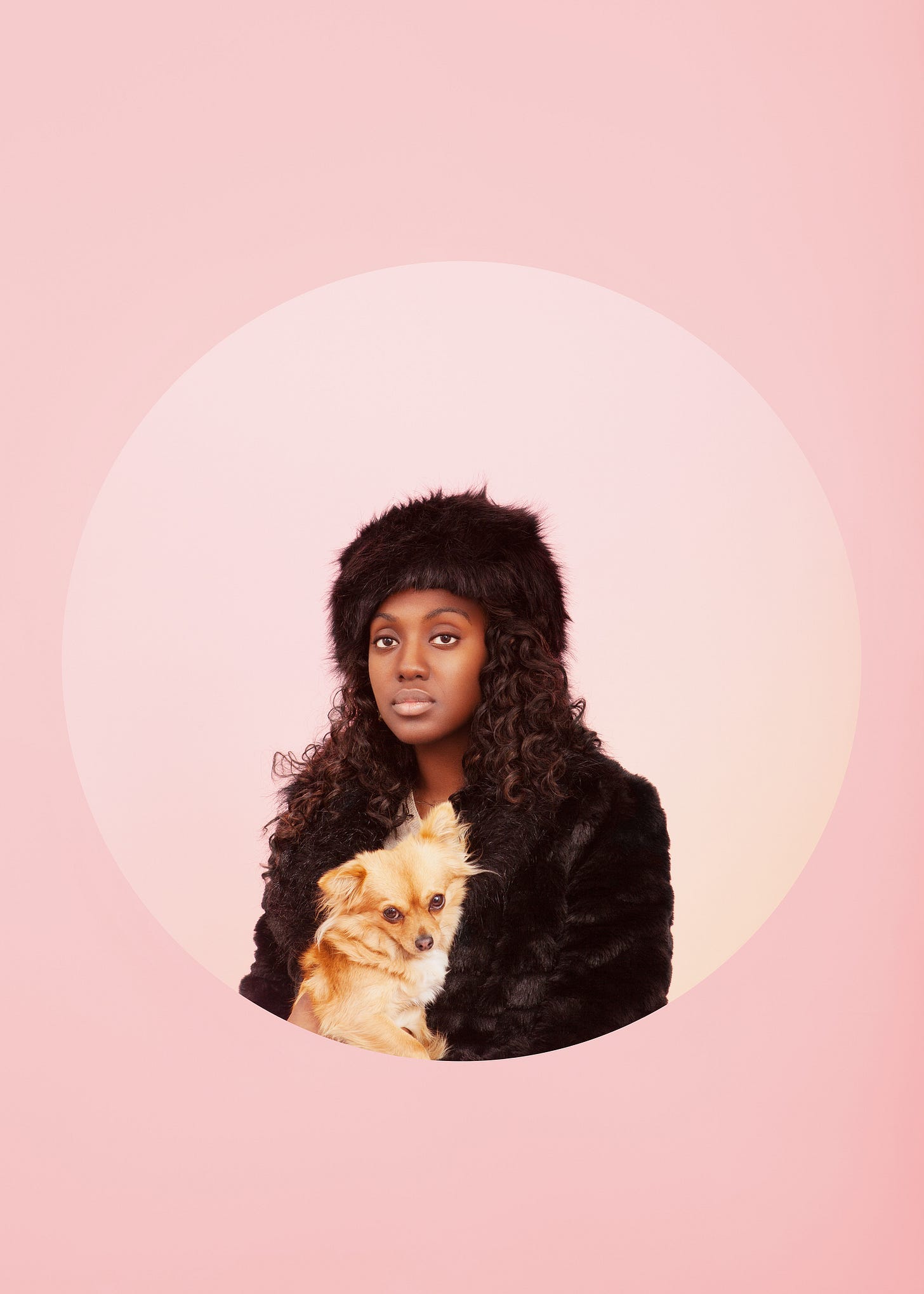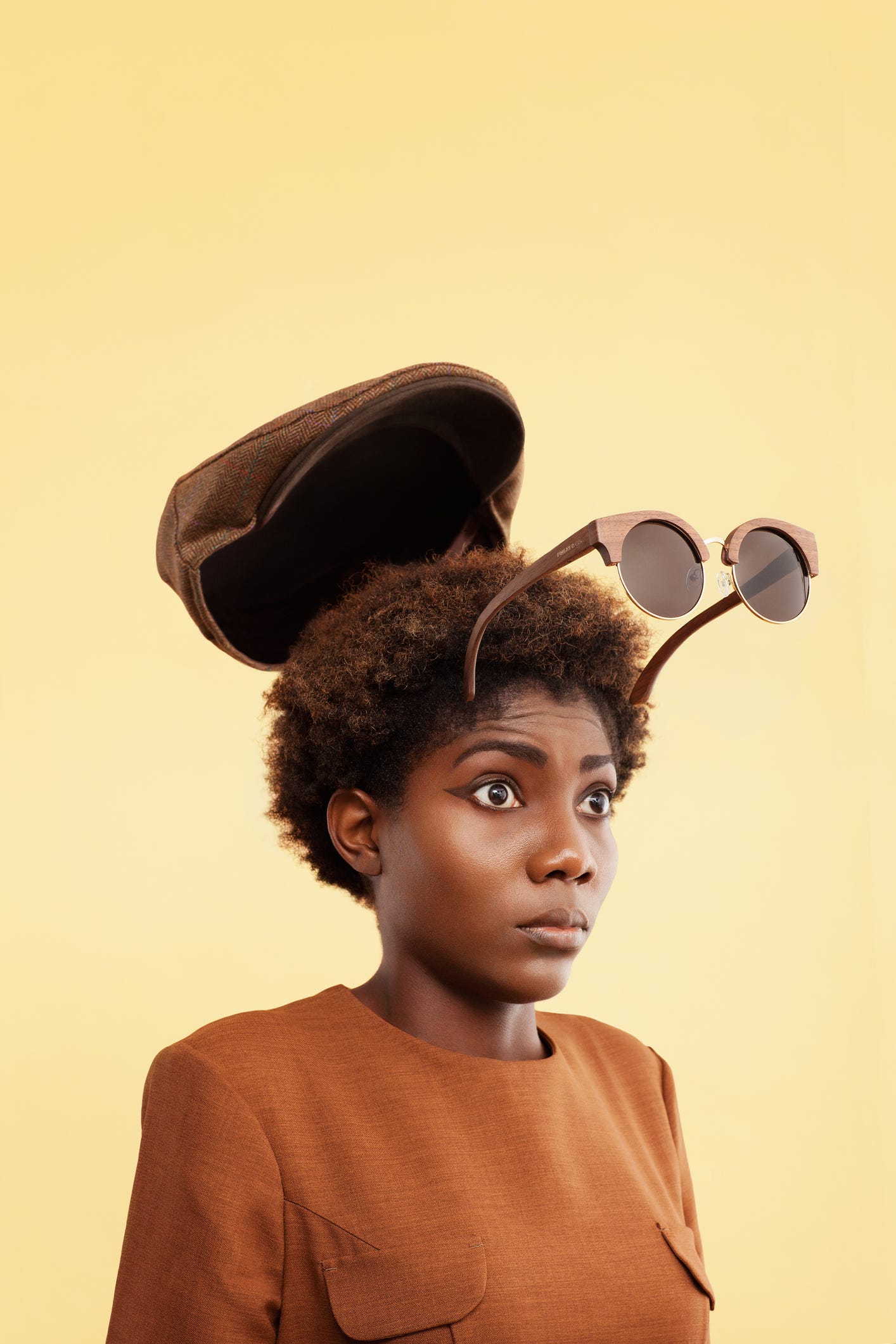TL;DR
Sometimes I Change My Mind Pt.1 (of Many)...
Last week I had planned to release part two of a three-part essay about my teen life and LGBTQIA+ Pride in my hometown of New York.
I changed my mind.
Mostly because I want to do more research, polish it more, and perhaps sell it in the future. This is the first time in my life where I’ve had the skill and stamina to write a long form essay, and despite me being pretty damn proud of that fact it’s still something that I’m learning. And also… I think it might just be too many words for this platform and I much rather not put that work here. So, it was fun while it lasted.
Thanks for all of the folks who did read it and share it online! The love I get from folks who actually read my words is a confronting kind of feeling and though I’m not sure exactly how I feel about it, I know that I am, in fact, feeling something. Writing creative non-fiction is such a feat, in a Book Forum interview with Margo Jefferson about her numinous memoir, Constructing a Nervous System, Blair McClendon writes “Memoir, the highest form of autofiction, is an unmannerly genre. Its appeal lies in its indecency.” I stopped dead in my tracks after reading the clip my friend texted me. Had I been indecent? It was likely, but I was generous too.
I forgot that my Mom is on my newsletter mailing list (hi, Inez), and I shrunk a little when she called to talk to me about it. My queer teenaged angst might be alive in my work, but that tension between my mom and I no longer exists, and it sparked an incredible dialogue that literally forced me (happily) into a re-write of the essay. I was frenzied, because all this new information needs to be researched, it also opened up another element in the story that was so pleasing. The surprise I had when she went down memory lane with me, the shock we both came face-to-face with when abutted against our memories was mutual. It was a good thing, but I realized I was a bit short sighted in publishing that essay. In a talk last month, Melissa Febos shared her experience with writing about family and the revision process in her new book, Body Work. I haven’t finished that book yet, but her advice coupled alongside the words I’ve collected thus far about writing about family is this: it’s hard. And you have to talk to them about it, and you should share it with them before you do so with the world. So my essay is still under construction.
Anyway, I’ve been obsessed with writing about images. These days we take and look at images in such an excessive way that it is almost obscenely unimaginable compared to the last hundred years or so. This obsession is not solely mine. I’m going on vacation tomorrow and plan on bringing Tina Campt’s Listening To Images, and just recently devoured Clarissa Brooks’ reported essay in Harper’s Bazaar about the power of images; in a heartbreaking story about an activist who’s life was cut short because of racialized, gender based, and state sanctioned violence. Images evoke all sorts of meaning for all of us. I’ve been experimenting with the photo image essay, and I love it, almost as much as I love instagram. Check it out below!
Black People On Getty Images
hahahahahhaha
I’m not sure which key words led me here, but I’ve been collecting creative (and some editorial) images during my searches for hero images to use with the captions of the essays on Tiny Violences.
I’m sure I didn’t type in “black angst,” or “afro pessimism,” when I began this search but I am confident that after encountering this image I did. keywords: “gossip,” “shame,” “individual.”
Sis nailed that landing, I wonder what she’s listening to - I can guarantee it’s a podcast. no one is more willing to jump in the air smiling than someone listening to This American Life.
Is there a way to indicate “busted out laughing” in text form - because when these two kente’d queens appeared on the very suggestive “pride month,” page of Getty - that’s exactly what I did.
I definitely typed in “black hands,” not sure if this person is grateful, about to rap or if they’re about to read someone, either way - I SAVED IT.
True Story: I was minding my own business when this image (taken in 1921) found me. Here’s the original image description:
A Meru chief, wearing a five pound stone in his earlobe, sits with his young wife under a tree, Africa. Photographed by the husband and wife explorers Martin and Osa Johnson. (Photo by Osa & Martin Johnson Safari Mus./Getty Images)
Perhaps you have the same questions as me: Who the hell were Osa & Martin Johnson? Racists. Where in Africa? Very likely Kenya. Do these people have names? Of course they do, but Osa and her man didn’t think that important. How do they know how much the stone weighs? Is it even a damn stone? And finally, where do I apply to become an “explorer,” because I would like to document white people in their element and give them lovely lil descriptions too.
This image entitled: Meru Chief came with a note from Getty on it’s history of racist imagery:
Please note: images depicting historical events may contain themes, or have descriptions, that do not reflect current understanding. They are provided in a historical context.
OOOOOKKKKAAAAAAAYYYYYYY.
Not Ziwe.
I’m talkin bout that “The warm light shines on my warm skin and my hot coat and no one can tell that I’ve gotten my period,” kinda freedom.
Don’t search “blind items.” Also, she clearly never worn this damn hat.












absolutely wonderful
Whenever, where ever, I will be waiting on the next parts of your story. I am still pressed for you to complete the story on your podcast. I always have a thirst for reading everything you write. Let your cup for writing runneth over💫